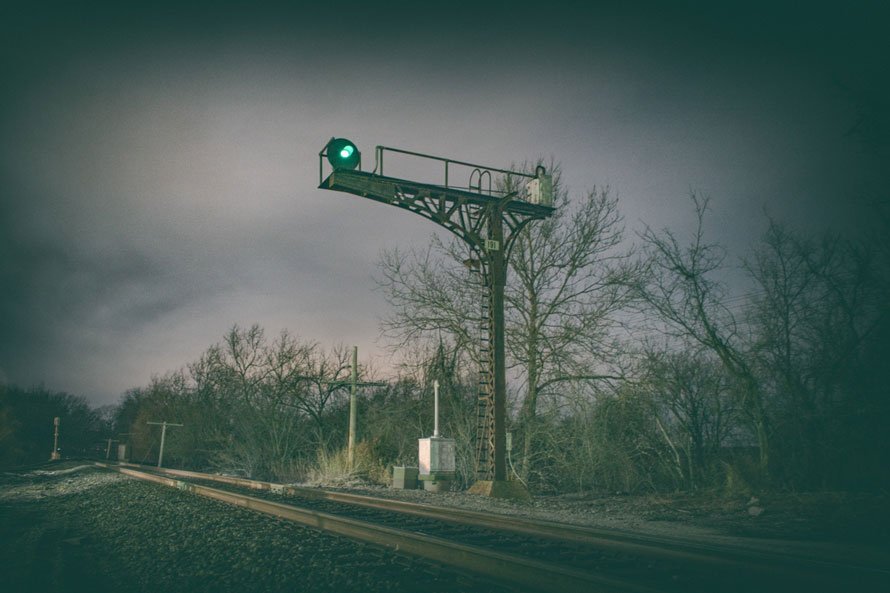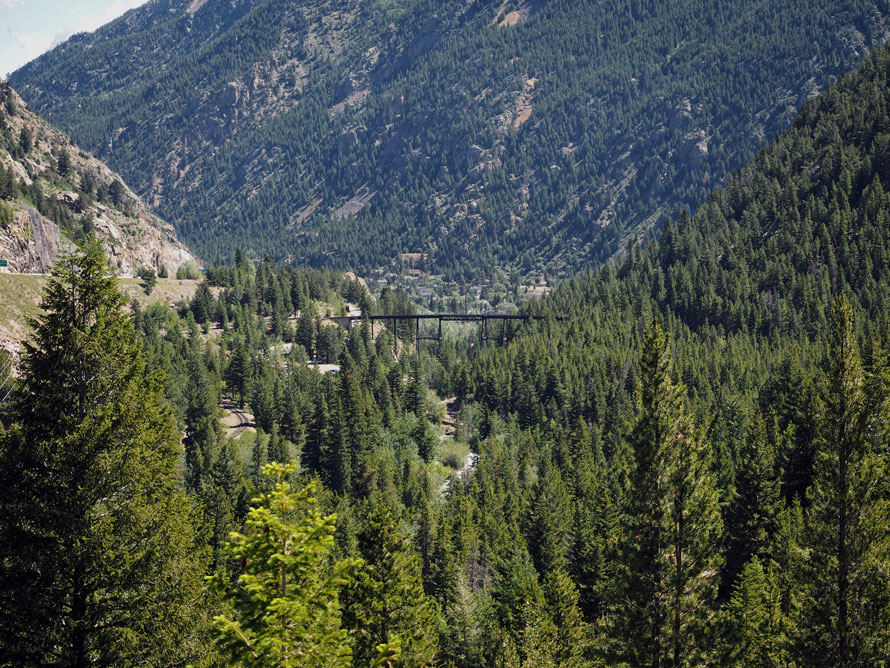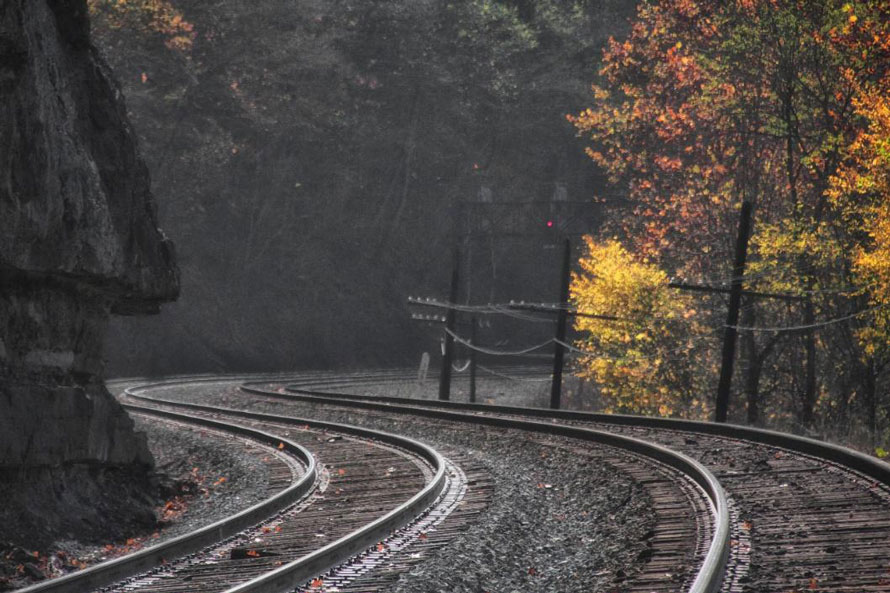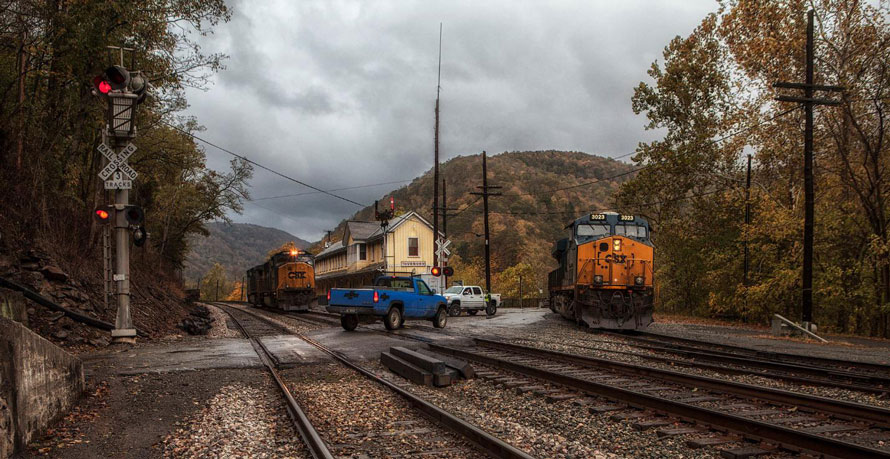Riding a steam train through Cornwall, England
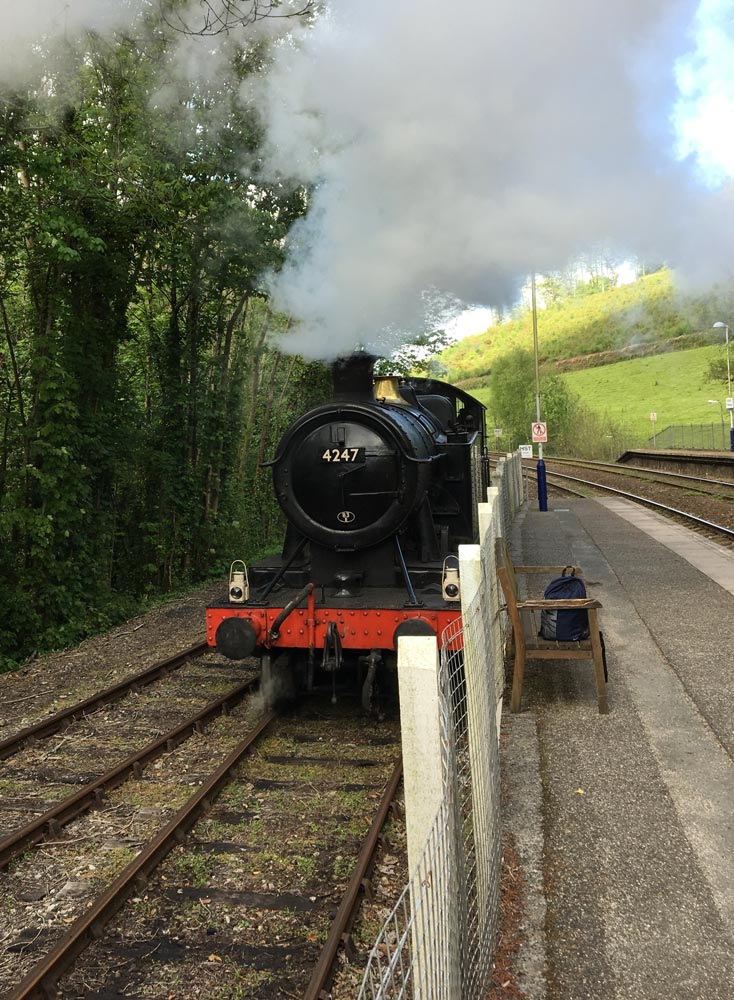
Traveling in England, Scotland, and Wales for over 25 years has given my wife and me numerous opportunities to ride the extensive rail system in the United Kingdom. On our latest trip, in May of 2017, we were finally able to check off something that has been on our bucket list a long time—ride the Bodmin & Wenford Railway, pulled by an historic steam locomotive. The Bodmin rail line was one of the first railways in the world to use steam locomotives, certainly the first in Cornwall, and it is Cornwall’s only full size railway still powered by steam.
